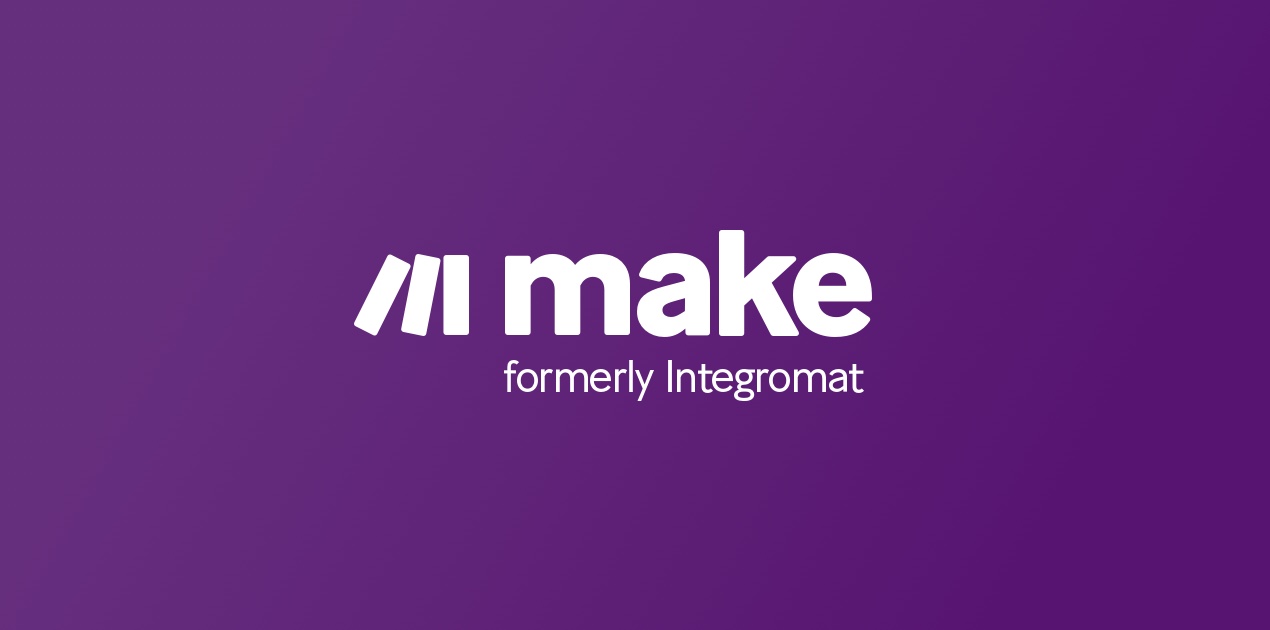Evaluating Vector Search Performance on a RAG AI – A Detailed Look
Introduction:
In the world of artificial intelligence, the performance of models and algorithms is crucial for delivering accurate and meaningful results. This is especially true for vector search systems, which rely on semantic similarity to retrieve relevant information. In this blog post, we will take a detailed look at evaluating the performance of a Retrieval-Augmented Generation (RAG) AI system, specifically focusing on vector search.
The Importance of Evaluation:
When building a RAG AI system, it is essential to establish a comprehensive evaluation system from the start. This evaluation system allows us to determine the optimal balance between cost, time, and accuracy. It also enables objective comparisons between different vector store indexes, rerankers, and language model models (LLMs). Without proper evaluation, it is challenging to ensure that the system is performing accurately and efficiently.
Metrics to Measure:
To evaluate the performance of the vector search system in the RAG AI, various metrics can be used. Some of the most commonly used metrics include:
- Precision: This metric measures the fraction of relevant instances among the retrieved instances. It determines how well the system can identify and retrieve the correct information.
- Recall: Recall measures the fraction of relevant instances that have been retrieved over the total amount of relevant instances. It helps assess the system’s ability to capture all relevant information.
- F1 Score: This score combines precision and recall into a single value. It provides an overall measure of the system’s performance in terms of both precision and recall.
- Mean Reciprocal Rank (MRR): MRR measures the average of the reciprocal ranks of the results for a sample of queries. It helps evaluate the ranking quality of the system.
- Normalized Discounted Cumulative Gain (NDCG): NDCG measures the ranking quality of the results. It assesses how accurately the system orders the retrieved instances.
Testing and Results:
In our evaluation, we began by manually testing the RAG AI model’s response to ensure that it could accurately evaluate the responses and retrieve the best documents. However, we quickly realized the need for a more robust and automated evaluation system.
To further evaluate the system’s performance, we conducted several runs with different numbers of candidates and limits. We hypothesized that larger numbers of candidates would lead to better evaluation scores due to the higher chance of retrieving relevant documents. However, our results disproved this hypothesis.
We discovered that the evaluation scores were more influenced by the specific query rather than the number of candidates. Certain queries, such as those related to biology departments, consistently returned higher evaluation scores, while queries regarding art departments resulted in lower scores. This highlighted the importance of analyzing the query itself and adjusting the evaluation system accordingly.
Adding Reranking:
To enhance the performance of the RAG AI system, we decided to incorporate reranking into the evaluation process. Reranking involves sorting the initial results to prioritize the most relevant and accurate documents. We used an LLM-based reranker leveraging GPT-4o for this purpose.
After integrating the reranker, we reevaluated the system’s performance. The results improved significantly, aligning more closely with our expectations. The top-ranked documents became highly relevant, providing valuable and in-depth information.
Conclusion:
Building a robust evaluation system from the start is crucial for ensuring the accuracy and performance of a RAG AI system. Evaluation metrics such as precision, recall, F1 score, MRR, and NDCG play a vital role in assessing the system’s capabilities. Additionally, incorporating reranking techniques can further enhance the system’s performance, as demonstrated in our evaluation.
Going forward, it is essential to continuously test and refine the evaluation system to improve the overall performance of the RAG AI model. Furthermore, exploring faster and less expensive rerankers and other vector store indexes can contribute to a more efficient and cost-effective system.
In conclusion, a well-designed evaluation system and continuous testing are instrumental in developing a high-performing RAG AI system. By assessing and optimizing the system’s performance, we can unlock its full potential and deliver accurate and relevant information to users in various domains.

